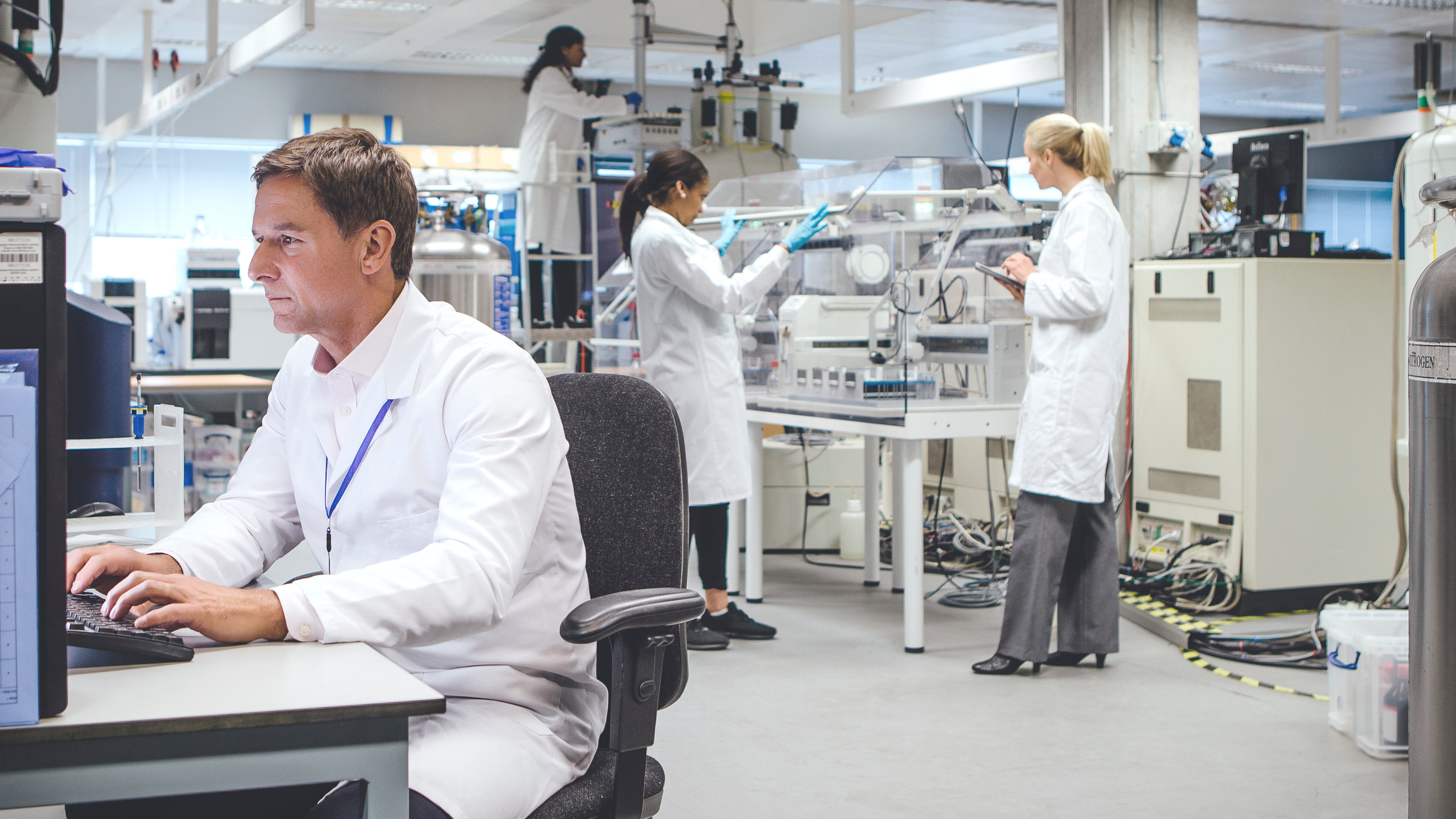High-temperature stress
Delaying or preventing material embrittlement
The continuous operation of a system at a constantly high temperature is a very common requirement for the design. High temperatures have an influence on the electronics as well as on the materials.
Surfaces and housing parts that are made of plastic are particularly affected by high temperatures. In the case of thermoplastics and elastomers, high temperatures cause the material to become brittle over a long period of time due to outgassing of the plasticizers.
Weather-resistant aluminum
For the application of a touch system under very high or very low temperatures, housings and carrier plates made of aluminum should be used. Aluminum carrier plates tolerate both high and very low temperatures and are also completely weather-resistant.
In the case of continuous operation of touch systems at a constantly high temperature, the installation of suitable cooling systems should be taken into account in the design. Touch systems that are exposed to high ambient temperatures during normal use are tested by means of a special high-temperature endurance run in order to detect any weak points that occur.
Two-part high-temperature testing
The high-temperature test can be carried out again in two partial tests. Both tests are carried out with full functionality of the touchscreen.
Test of temperature peaks
When testing short-term temperature peaks, the aim is to check whether the device is still working as intended in the event of a short-term overtemperature and whether permanent damage occurs.
Time-lapsed endurance test
In the case of the time-lapsed endurance test, on the other hand, an attempt is made to simulate the entire operating time of the device over the course of its life at a permanently high temperature in an accelerated test.
Depending on the expected environmental influences, the high-temperature tests can be carried out with dry heat (according to DIN EN 60068-2-2) or high humidity.
Environmental simulation tests according to the DIN standard
Environmental simulation tests under moist heat can be carried out
- constant according to DIN EN 60068-2-3 or
- cyclic according to DIN EN 60068-2-30 / 67 / 78
The environmental simulation can be carried out in a temperature range of -70 °C to 180 °C and a relative humidity between 10% and 98%.
